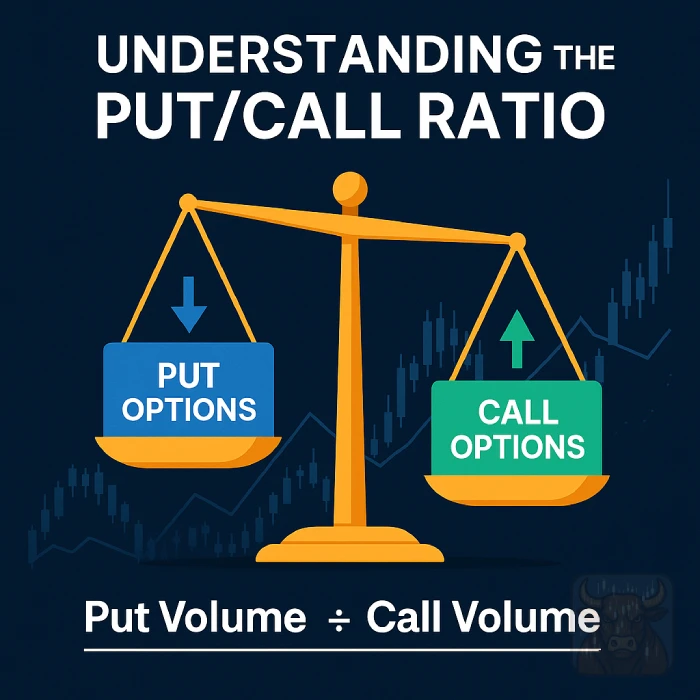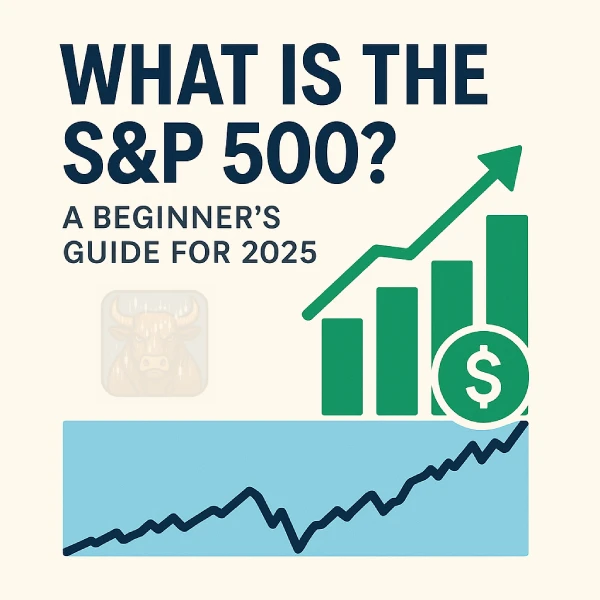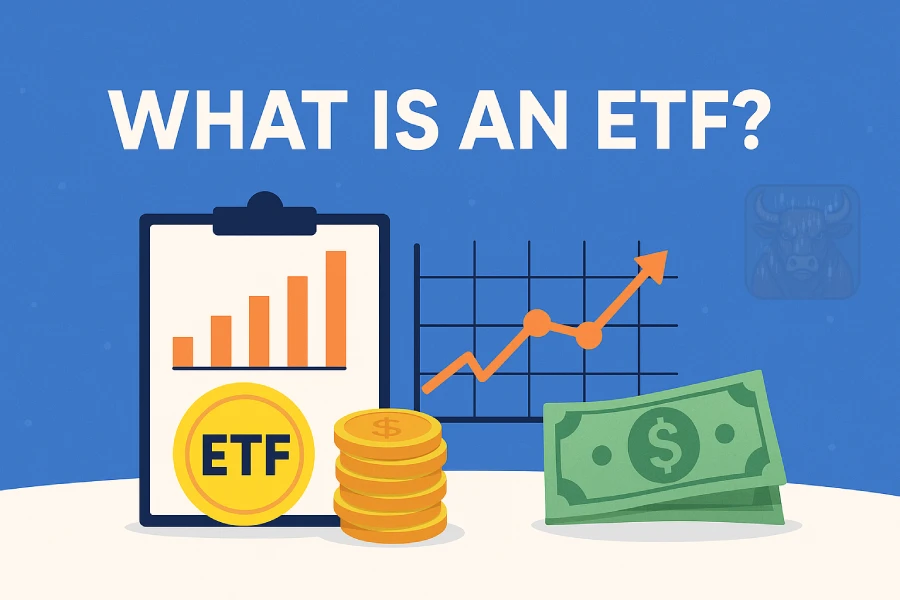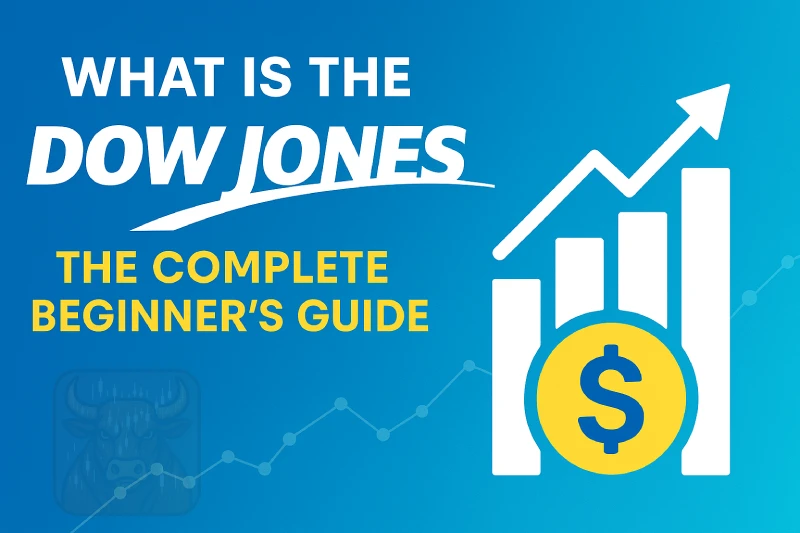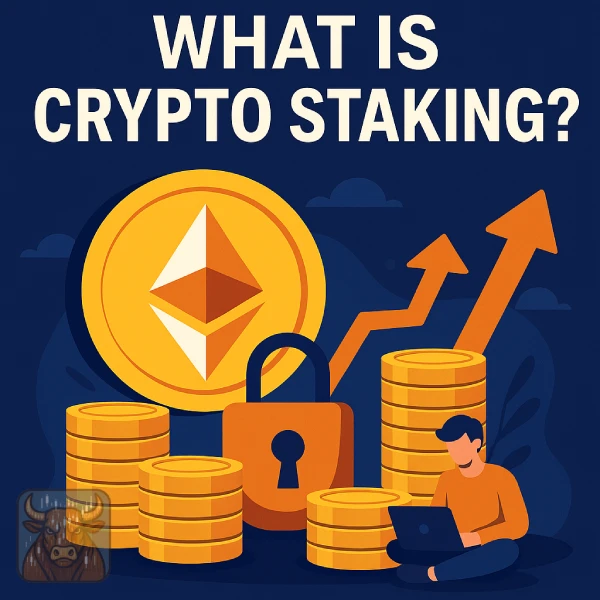📊 What is the CPI? The Complete 2025 Beginner’s Guide to the Consumer Price Index
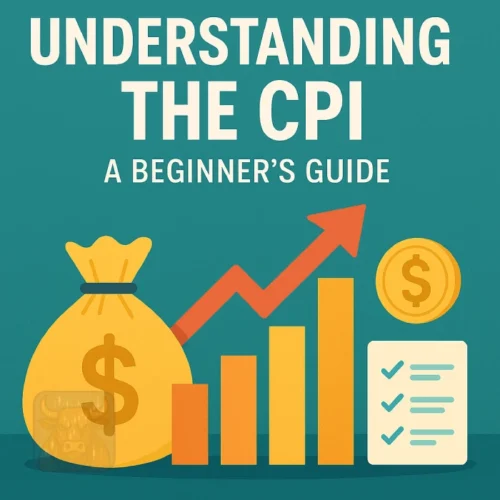
Did you know that a tiny 0.1% surprise in the Consumer Price Index (CPI) once triggered a $3 trillion shift in global markets? That’s how powerful this number is. Yet, despite its massive impact on everything from your grocery bill to mortgage rates, most people still don’t fully understand what the CPI actually measures—or why Wall Street treats it like a market-moving bombshell.
In this beginner-friendly 2025 guide, you’ll learn:
✅ What the CPI is and how it’s calculated
✅ Why it’s the most important inflation indicator in the U.S.
✅ The key updates to CPI data in 2025
✅ How CPI influences interest rates, wages, and your investments
✅ Why traders closely watch CPI announcements for profit opportunities
If you want to understand how inflation is measured, how it affects your wallet, and how to stay ahead of the next CPI report, this guide is for you. Let’s break it down step by step.
💡 What is the Consumer Price Index (CPI)?
The Consumer Price Index (CPI) measures the average change over time in prices paid by urban consumers for a fixed basket of goods and services. It’s the primary measure of inflation used in the United States and plays a crucial role in economic policy, financial markets, and household budgets.
📌 Key CPI Facts for May 2025:
- Current Inflation Rate: 2.3% (annual, as of April 2025 – latest data)
- Index Value: 313.5 (based on 1982–84 = 100)
- Data Collected From: Over 94,000 price observations monthly
- Published By: U.S. Bureau of Labor Statistics (BLS)
Why the CPI Matters in 2025:
✔ Determines annual Social Security COLA adjustments
✔ Helps guide Federal Reserve interest rate decisions
✔ Influences wage negotiations, rental agreements, and tax brackets
✔ Used in over $10 trillion worth of inflation-linked financial contracts
💡 Fun Fact: A CPI surprise as small as 0.1% can trigger billion-dollar swings in global asset prices.
Whether you’re managing your household budget or making investment decisions, understanding the CPI gives you a clear window into the health of the economy, and your purchasing power.
⚙️ How the CPI is Calculated
The CPI is built in four steps that transform raw price data into one of the most closely watched economic indicators in the world.
🧮 The 4-Step Process:
- Define the Market Basket:
- The BLS selects a “basket” of over 80,000 goods and services that represent typical urban consumer spending.
- The basket is divided into 8 major categories, including housing, food, transportation, and medical care.
- Collect Price Data:
- Every month, BLS economists gather prices from 75 urban areas, covering:
- ~6,000 housing units
- ~22,000 retail and service establishments
- Every month, BLS economists gather prices from 75 urban areas, covering:
- Apply Weightings:
- Each category is weighted based on its share of total spending.
- Housing carries the heaviest weight due to rent and owner-equivalent rent (OER).
- Calculate the Index:
- Prices are aggregated using a Laspeyres formula, which compares the current cost of the fixed basket to the cost in the base period (1982–84 = 100).
📊 2025 CPI Component Weightings and Price Trends:
| Category | Weight | YTD Price Change (2025) |
|---|---|---|
| Housing | 34.1% | +4.7% |
| Food & Beverages | 13.5% | +2.9% |
| Transportation | 14.6% | –1.5% |
| Medical Care | 7.0% | +3.8% |
| Education | 6.2% | +5.2% |
💡 Note: Weightings are updated annually as of 2023 to better reflect recent consumer behavior.
🧠 Pro Tip:
The Core CPI excludes food and energy because these categories are highly volatile. It’s used to reveal underlying inflation trends and is closely watched by the Federal Reserve.
📈 CPI vs Other Inflation Measures
While the Consumer Price Index (CPI) is the most widely known inflation gauge, it’s not the only one. Understanding how it compares to other inflation metrics can give you a clearer picture of the economy, and help you make smarter financial decisions.
| 🧾 Inflation Metric | What It Measures | Volatility | Used By the Fed? |
|---|---|---|---|
| CPI | Urban consumer goods & services | High | ✔️ Yes (secondary) |
| PCE | All household consumption | Medium | ✅ Yes (primary) |
| PPI | Producer prices (wholesale) | Very High | ❌ Not directly |
| GDP Deflator | Prices across entire economy | Low | ✔️ For research |
⚠️ Critical Insight (2025):
- The Federal Reserve prioritizes the PCE (Personal Consumption Expenditures) Price Index because it adjusts for consumer behavior (e.g. switching brands when prices rise) and covers a broader range of spending.
- However, markets react more strongly to the CPI because it’s released first and more widely publicized.
🧠 Why this matters:
Even though CPI isn’t the Fed’s favorite, traders and investors use it as a leading inflation signal, and it still moves markets dramatically.
💰 How CPI Impacts Your Finances
The Consumer Price Index (CPI) affects far more than economists and traders. Whether you’re a retiree, investor, employee, or student, CPI data quietly shapes your everyday finances. Here’s how:
1. 🏦 Interest Rates
The Federal Reserve closely watches CPI to adjust interest rates:
- Higher CPI (above 2%) = potential rate hikes to fight inflation
- Lower CPI (below 2%) = potential rate cuts to stimulate the economy
📌 May 2025 Update:
- CPI YoY: 2.3%
- Fed Funds Rate: 4.25% a 4.50% (This rate has remained unchanged since December 2024)
👉 CPI is a key signal for Fed policy decisions that affect mortgage rates, savings yields, and credit card interest.
2. 💼 Wages & Cost of Living
- Many union contracts and federal guidelines use CPI to adjust wages.
- Known as COLA (Cost of Living Adjustment), these raises help protect purchasing power.
- 2025 Average COLA increase: ~2.5%
📊 Even if you’re not in a union, employers may base annual raises on inflation data.
3. 📉 Investments
CPI shocks can move markets dramatically:
- Higher-than-expected CPI → Stocks often fall, especially growth stocks
- Lower-than-expected CPI → Bonds rally, markets may rise
💡 Assets that benefit from rising inflation:
- TIPS (Treasury Inflation-Protected Securities)
- Commodities like gold and oil
- Value stocks (banks, energy, industrials)
4. 👵 Government Benefits
Programs like Social Security are directly tied to CPI:
- 2025 Social Security COLA: +2.5%
- Veterans’ benefits, federal pensions, and food stamps also adjust with CPI
📌 If inflation rises, these payments increase, but with a lag.
🔍 2025 CPI Controversies
While the CPI is a key inflation gauge, it’s far from perfect. In 2025, several limitations continue to spark debate among economists, policymakers, and everyday consumers:
🏘️ 1. Housing Lag
The largest component of CPI—Owner’s Equivalent Rent (OER)—doesn’t reflect real-time rental price changes. It uses a survey-based estimate that can lag actual rent movements by 12–18 months, which means CPI might understate housing inflation during market spikes.
🧃 2. Shrinkflation
CPI tracks price, not product size. So when companies shrink packages (e.g., 12 oz becomes 10 oz) but keep the same price, the CPI doesn’t fully capture the inflation consumers experience. In 2025, shrinkflation is especially common in snacks, beverages, and household products.
🔁 3. Substitution Bias
When prices rise, consumers switch to cheaper alternatives—but CPI assumes people buy the same goods. While the BLS now updates weightings annually, this “fixed basket” problem still means CPI may overstate inflation in some cases.
🌍 4. Geographic Gaps
The CPI only collects data from urban areas, ignoring rural communities where price trends can differ significantly. With inflation hitting small towns harder in some categories (like fuel and groceries), this urban bias remains a major blind spot in 2025.
🛠️ 2025 Methodology Updates from the BLS:
To address these concerns, the Bureau of Labor Statistics has implemented several key updates:
✅ Annual Weight Updates: Instead of every two years, CPI weights are now revised yearly to better reflect current spending habits.
✅ Digital Goods Expansion: Broader tracking of streaming services, software, and digital subscriptions.
✅ Improved Quality Adjustments: Enhanced algorithms to better adjust for product upgrades (e.g., smartphones or appliances).
❓ CPI FAQs (2025 Edition)
Every month, usually around the 10th to 13th.
The Fed targets 2% inflation, but it prefers the PCE index. CPI typically runs about 0.3 percentage points higher than PCE.
No. CPI only tracks consumer spending, so financial assets like stocks, bonds, and crypto are not included.
Shelter uses a metric called Owner’s Equivalent Rent (OER), which lags real-time rent data by 12–18 months, making this category slow to reflect current housing trends.
Historically, TIPS, commodities, and value stocks tend to do well when CPI is elevated and interest rates are rising.
📌 Key Takeaways
✔ CPI is the official U.S. inflation benchmark, watched closely by the Fed and financial markets.
✔ It directly impacts interest rates, Social Security, and wages.
✔ The current inflation rate (May 2025) is 2.3%, showing continued disinflation from 2022–2023 peaks.
✔ CPI has built-in flaws like shrinkflation and housing lag, but it’s still the market’s favorite inflation trigger.
✔ Traders often capitalize on CPI releases using options, bonds, and short-term strategies.
🚀 Before You Go…
If you found this guide helpful, bookmark this page so you can stay ahead of future CPI releases.
💬 Got questions? Drop them in the comments, we’re here to help.
And don’t forget to share or save this post if you know someone trying to understand inflation in 2025.
Inflation might be invisible—but now you know how to track it like a pro. 📉🧠

